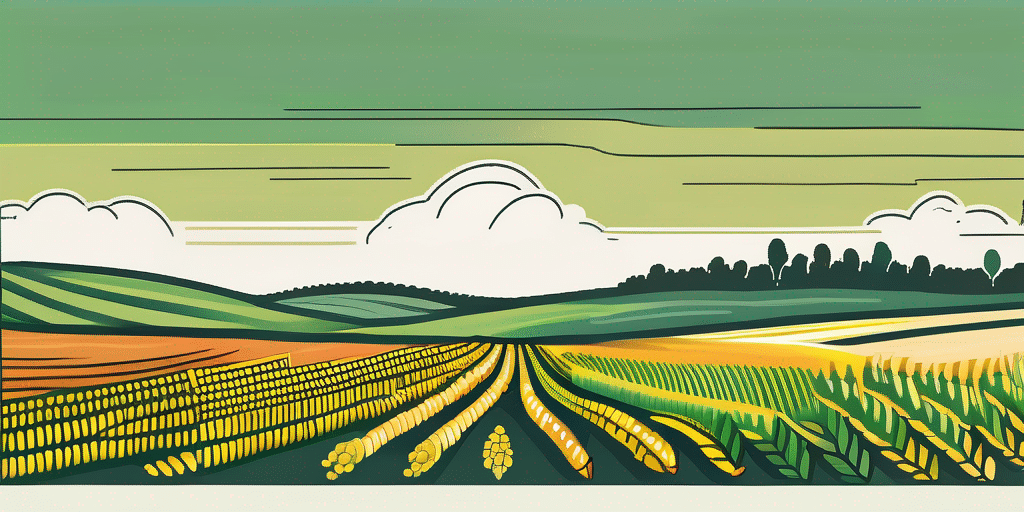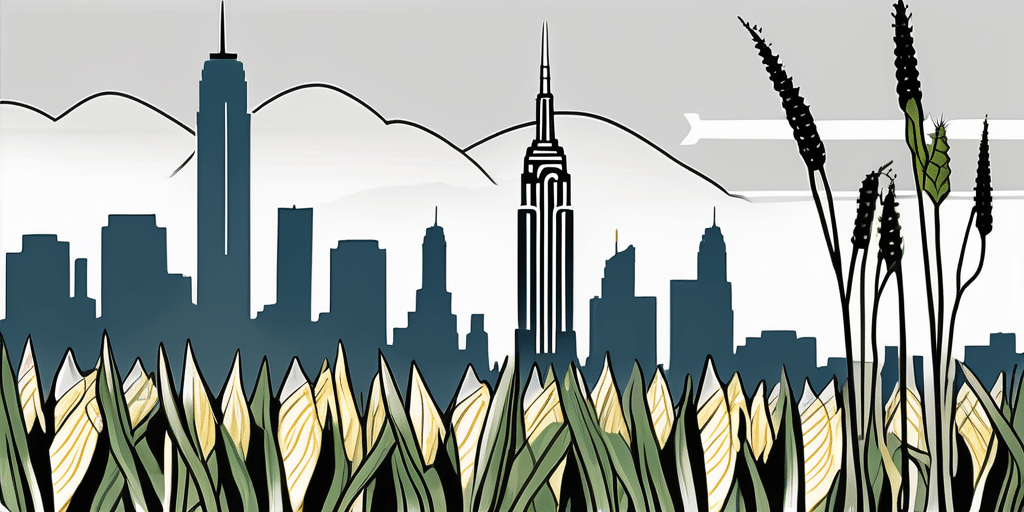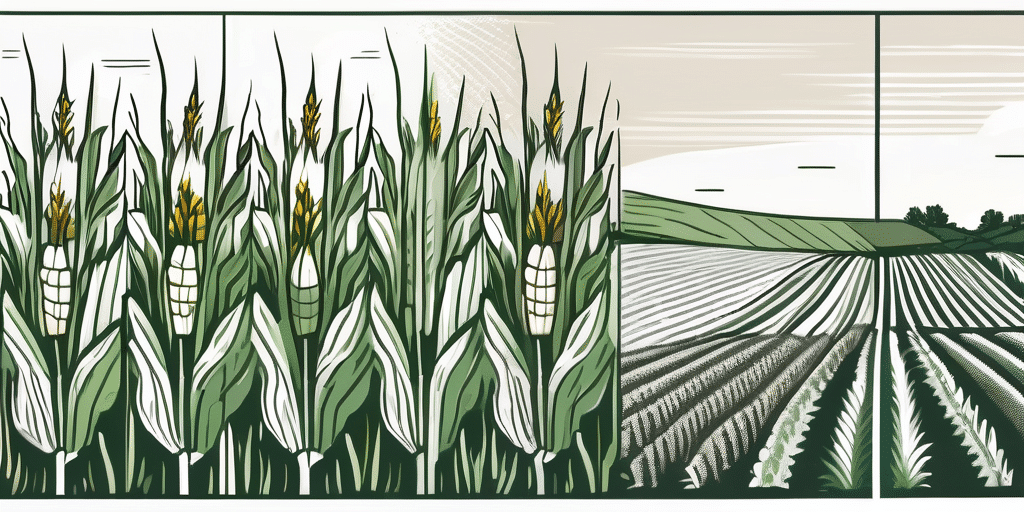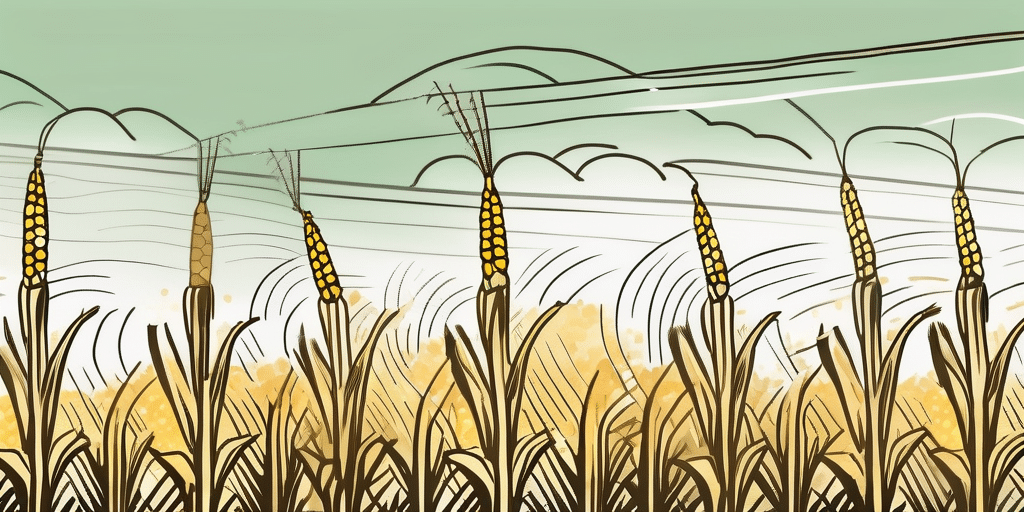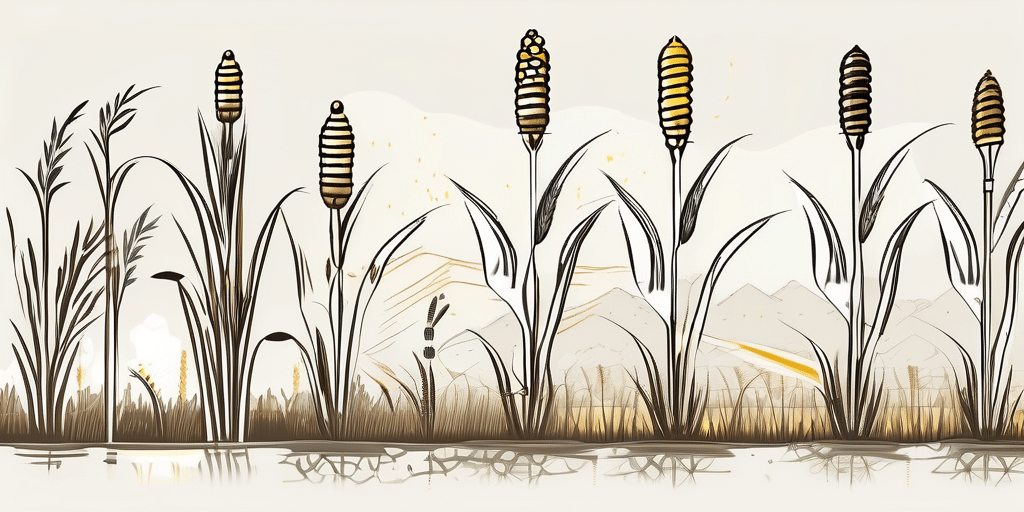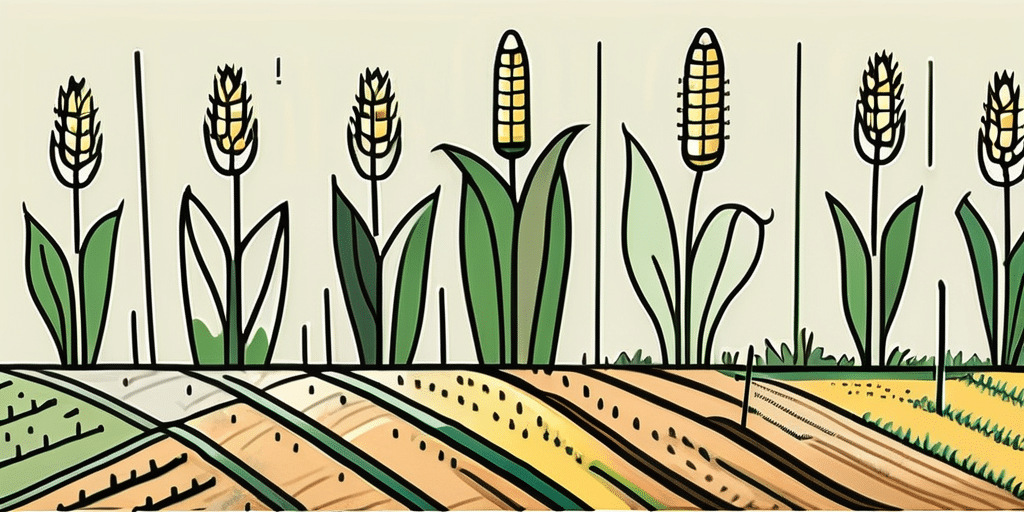Trinity Corn is a popular variety of corn that can be grown in West Virginia. Its sweet and flavorful kernels make it a favorite for many home gardeners in the state. In this article, we will provide you with all the information you need to successfully grow Trinity Corn in your backyard. From when to plant to how to care for your corn plants, we’ve got you covered.
Climate & Hardiness Zones in West Virginia
Before we dive into planting Trinity Corn, let’s first talk about the climate and hardiness zones in West Virginia. Knowing these factors will help you determine the best time to start planting.
West Virginia is located in USDA hardiness zone 6. This means that the average minimum temperature in the state ranges from -10°F (-23°C) to 0°F (-18°C). It’s important to choose corn varieties that are suited to this climate to ensure successful growth.
Furthermore, West Virginia’s climate is characterized by four distinct seasons. Summers are warm and humid, with temperatures averaging around 85°F (29°C) in July. This is the ideal time for corn to thrive, as it requires plenty of sunlight and warmth to grow tall and produce healthy ears.
On the other hand, West Virginia experiences cold winters, with January temperatures dropping to around 25°F (-4°C). This is a crucial factor to consider when planning your corn planting schedule, as frost can damage young corn plants. It’s recommended to start planting corn in late spring, once the soil has warmed up and the risk of frost has passed.
When to Plant Trinity Corn in West Virginia
Now that you have an idea of the climate in West Virginia, let’s discuss when to plant Trinity Corn. Corn is a warm-season crop, and it thrives in temperatures between 60°F (15°C) and 95°F (35°C). To ensure the best chances of success, it’s recommended to wait until the soil temperature reaches at least 50°F (10°C) before planting.
The ideal time to plant Trinity Corn in West Virginia is typically around mid-May. However, you should always check the soil temperature before planting to make sure it’s warm enough. If the soil is too cold, the seeds may not germinate properly.
It’s also worth noting that corn is a heavy feeder and requires fertile soil. Before planting, it’s a good idea to amend your soil with organic matter and nutrients to provide the best growing conditions for your corn plants.
When preparing your soil for planting Trinity Corn, consider conducting a soil test to determine its pH level and nutrient content. This will help you make informed decisions about the type and amount of fertilizers to use, ensuring that your corn plants have access to all the essential nutrients they need for healthy growth.
In addition to soil preparation, it’s important to choose a sunny location for your corn patch. Corn plants thrive in full sunlight, so select a spot in your garden that receives at least 6-8 hours of direct sunlight per day. Adequate sunlight exposure will promote photosynthesis and help your corn plants develop strong, healthy stalks and abundant ears.
How to Plant Trinity Corn
Now that you know when to plant Trinity Corn, let’s talk about how to plant it. Follow these step-by-step instructions for a successful corn planting:
- Select a sunny location in your garden with well-drained soil.
- Prepare the soil by removing any weeds and cultivating it to a depth of 6-8 inches.
- Add compost or well-rotted manure to improve the soil’s fertility.
- Create rows that are spaced about 30 inches apart. This will allow enough space for the corn plants to grow and develop.
- Sow the corn seeds at a depth of 1-2 inches, spacing them about 8-12 inches apart within each row.
- Cover the seeds with soil and gently tamp it down to ensure good seed-to-soil contact.
- Water the planting area thoroughly, making sure the soil is evenly moist but not waterlogged.
Expanding on the planting process, it’s important to mention that Trinity Corn is a hybrid variety known for its high yield and disease resistance. When selecting a sunny spot for planting, consider the height of the corn plants, as they can grow up to 7-8 feet tall. This height factor also plays a role in ensuring proper spacing between rows, allowing for adequate sunlight penetration and air circulation to promote healthy growth.In addition to adding compost or manure to the soil, consider conducting a soil test to determine the pH level and nutrient content. Trinity Corn thrives in well-drained soil with a pH range of 6.0-6.8. Adjusting the soil pH and nutrient levels based on the test results can significantly boost the corn’s growth and overall productivity. Remember to monitor the soil moisture levels regularly, especially during hot and dry periods, to ensure the corn plants receive sufficient water for optimal development.
When to Harvest or Pick Trinity Corn in West Virginia
After patiently waiting for your Trinity Corn plants to grow, it’s important to know when to harvest or pick the corn. Corn is typically ready for harvest around 80-90 days after planting.
You can tell when the corn is ready by checking the silks. The silks should be dry and brown, and the ears of corn should be fully filled out with plump kernels. Gently peel back a small portion of the husk to check the kernel’s color and maturity. If the kernels appear milky and firm, it’s time to harvest your Trinity Corn.
To harvest the corn, hold the stalk firmly and twist the ear downward while pulling it away from the plant. Be careful not to damage the plant or neighboring ears. Once harvested, enjoy your fresh Trinity Corn right away or store it in the refrigerator for up to a week.
Frequently Asked Questions
Here are some common questions people have about growing Trinity Corn in West Virginia:
Q: Can I start Trinity Corn indoors?
A: Yes, you can start Trinity Corn indoors about 2-3 weeks before the last frost date. Use biodegradable pots and sow one seed per pot. Transplant the seedlings outdoors once the soil has warmed up.
Q: Do I need to hand-pollinate Trinity Corn?
A: Trinity Corn is a wind-pollinated crop, so hand-pollination is not necessary. The wind will naturally carry the pollen from the tassels to the silks, ensuring proper pollination and kernel development.
Q: Can I save the seeds from Trinity Corn for the next planting season?
A: While you can save the seeds from Trinity Corn, it’s important to note that it is a hybrid variety. The seeds saved from hybrid plants will not produce the same characteristics as the parent plant. It’s best to purchase fresh seeds each year for consistent results.
Q: How can I protect my Trinity Corn from pests and diseases?
A: To protect your Trinity Corn from pests such as corn earworms and diseases such as corn smut, make sure to practice good garden hygiene. Remove any fallen debris and weeds from the garden regularly. You can also use organic pest control methods such as introducing beneficial insects or applying natural sprays.
Q: What are some companion plants for Trinity Corn?
A: Companion planting can help deter pests and help the growth of corn. Some good companion plants for Trinity Corn include beans, squash, and melons. These plants can provide shade and help suppress weed growth.
Now that you have all the information you need, it’s time to get started on your Trinity Corn garden. With a little care and patience, you’ll soon be enjoying delicious and flavorful ears of corn straight from your backyard.
Join the How to Grow Everything Community
Ready to transform your green space into the garden of your dreams? Subscribe for free to How to Grow Everything and start your journey today! You’ll receive personalized gardening advice tailored to West Virginia’s grow zone, ensuring your Trinity Corn and other garden favorites flourish. Plus, get the best gardening tips, special offers, and insightful articles delivered directly to your inbox. Join our family of passionate gardeners and grow with confidence—100% free, no spam, just pure gardening gold.

